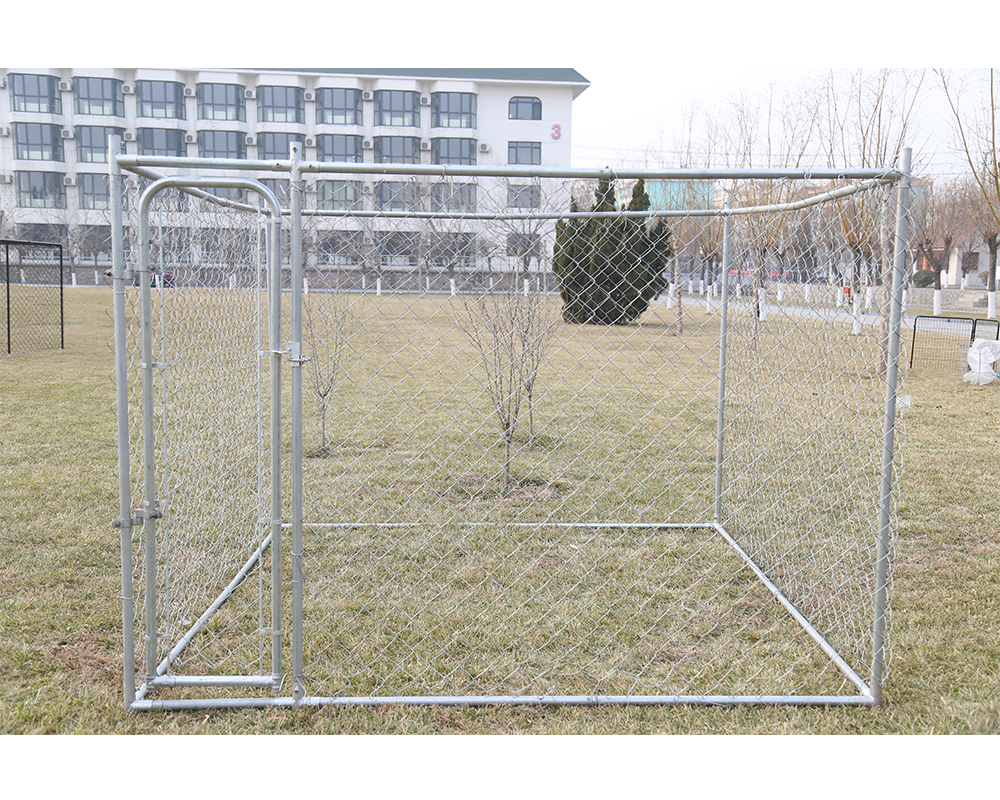(d) Plates generate air bubbles.
Causes:
a) Stirring is not uniform prior to use or bubbles are present in the emulsion itself.
b) There are more dust in the plate making environment and there is dust on the screen plate.
c) The speed of the coated photoresist is not uniform or is too fast (resulting in gas remaining in the photoresist).
d) When printing, there is dust on the plate-making film.
The solution:
a) Before applying the sensitized adhesive, stir the sensitized adhesive or apply a defoamer as appropriate.
b) Pay attention to the degree of dust in the air of the plate making environment, minimize the dust and prevent the dust from falling into.
c) During coating, it is necessary to keep the coating speed uniform. On the other hand, the coating speed should not be too fast.
d) The bottom plate of the printing plate should be clean and free from dust. This is also an important aspect of avoiding bubbles.
e) Print image lines sawtooth phenomenon.
(e) Print image line sawing.
Causes:
a) Improper selection of screen mesh number.
b) Underexposure.
c) The film thickness is not enough.
d) Diffraction of light during exposure.
e) Stretch net tension is not uniform.
f) Excessive water pressure during development.
The solution:
a) Replace the appropriate screen according to the pattern.
b) Perform an exposure test to increase the exposure time.
c) Apply evenly to increase the thickness of the adhesive layer.
d) Use colored wire mesh.
e) Improve stretch tension and uniformity.
f) Reduce flush pressure.
(f) Plate development is difficult.
Causes:
a) The exposure time is too long.
b) Store too long after scraping.
c) Heat cross-linking caused by excessive drying temperature.
d) The photoresist has been exposed.
e) The contact of the original backing film with the printing is not true.
f) The photoresist fails.
g) Diffraction of light during exposure.
The solution:
a) Perform an exposure test and adjust the exposure time.
b) Shorten the storage time.
c) Control the drying temperature according to the instructions for use.
d) Check the lighting in the operating room.
e) Use vacuum adsorption or other means to make the film and photopolymer film in close contact.
f) Replace with new photoresist.
g) Use colored wire mesh.
(g) Base film residue.
Causes:
a) The emulsion preparation and use intervals are too long.
b) uneven coating.
c) Heat cross-linking caused by excessive drying temperature.
d) Improper use of exposure light source.
e) Underexposure or overexposure.
f) The original plate is not in contact with the film during printing.
g) The bottom body is black and white.
h) Insufficient development time.
i) The development temperature is not suitable.
The solution:
a) Shorten the use interval.
b) Increase the screen tension and apply evenly on the stencil.
c) Control the drying temperature according to the instructions for use of the photoresist.
d) Reasonably select the light source, preferably with strong ultraviolet light.
e) Perform an exposure test and adjust the exposure time.
f) Use vacuum adsorption or other means to make them tightly bonded.
g) Check the definition and darkness of the master.
h) increase the development time through text.
i) Control the developer temperature according to the instructions for use.
(h) There are pinholes in the screen.
Causes:
a) Descale the screen is not clean.
b) The bottom plate is dirty, and the plate glass has dirt.
c) Coating speed is too fast.
d) There are air bubbles or dirt in the emulsion.
e) There is water on the screen fabric and it is poorly dried.
f) Underexposure.
g) The film thickness is not enough.
h) Photoresist failure.
The solution:
a) Clean the screen with a good quality cleaner.
b) Remove dirt from the sun and vacuum frame glass and inspect the glass for scratches.
c) Slowly and evenly gluing, after each stroke, the screen turns 180°.
d) Mix the emulsion evenly with stirring so that air bubbles overflow and filter to remove dirt.
e) Dry the screen completely at the specified temperature.
f) Increase exposure time and perform exposure test.
g) Increase the number of gluing.
h) Replace with new photoresist.
Product categories of Dog Kennel.We are speciallized manufactures for Pet products from China.The main products including Welded Wire Dog Kennel, Chain Link Dog Kennel and Metal Chicken Coop Run.Our products are selling well in European and American markets.We have the advanced producttion technology and the perfect after-sales service.Welcom new customers come to consult.Sincerely look forward to cooperation with you!

Dog Kennel
Dog Kennel,The Welded Wire Dog Kennel,The Chain Link Dog Kennel,Galvanized Outdoor Dog Kennels
Huanghua Fengyi Honde Metal Factory , http://www.hd-petproducts.com